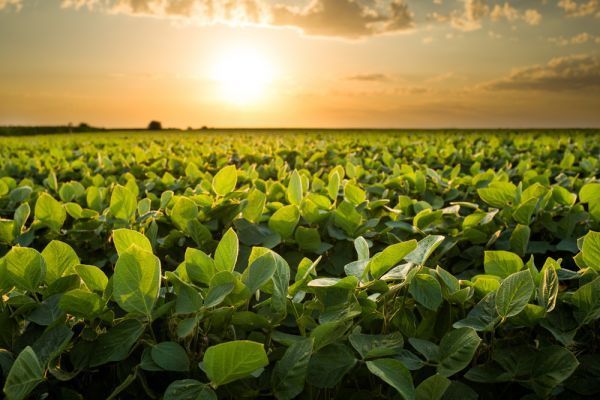ISA and IL Corn Invest in Conservation via the PCM Program

“Since PCM launched in 2015, we have become a recognized program in our current 16-county service area by helping PCM cooperators strike their own unique balance between environmental stewardship and economic stability,” said Laura Gentry, Director of Water Quality Science for IL Corn. “By working directly with farm families, we are also addressing the most pressing natural resource issues in our local farming communities and providing the most effective way to avoid new government regulations. This new partnership with ISA represents PCM’s greatest expansion opportunity to date and is a natural extension of the core values of these two grassroots commodity associations, bringing the best of both organizations to the farmers of Illinois. This partnership will greatly enhance our ability to reach more farmers, address more natural resource and farm income concerns, and continue building the business case for conservation adoption across Illinois and the entire Midwest.”
The number one goal of PCM is to integrate conservation practices and financial data to help farmers understand how specific management changes can impact both their environmental impact and their bottom line.
“The PCM project is a great collaboration between the Illinois corn and soybean checkoff programs that brings to the forefront regenerative agricultural practices that farmers are using on a large scale on their farms,” said David Wessel, Illinois Soybean Association at-large director and Utilization Committee Chairman. “Showing the economic, environmental, and social benefits of these practices will allow the sharing of knowledge needed for a sustainable future for all. PCM will show how farmers can be a viable part of the solution in addressing climate change and water quality issues.”
“The success of the PCM program has always been the added focus on farmer income combined with on-farm conservation practices. The program has been a success because farmers and farm families have always been a priority. We are excited to expand our focus to include even more Illinois farmers with the partnership of the Illinois Soybean Association. Together, we are going to build better farms, healthier soils, and more sustainable farm families in Illinois,” said Randy DeSutter, IL Corn Growers Association President.
The objectives of PCM are to reduce the environmental impact of commercial agriculture on waterways and soils, reduce the farmer’s risk while maintaining farm business economic viability, and to demonstrate that environmental goals can be achieved without regulation.






